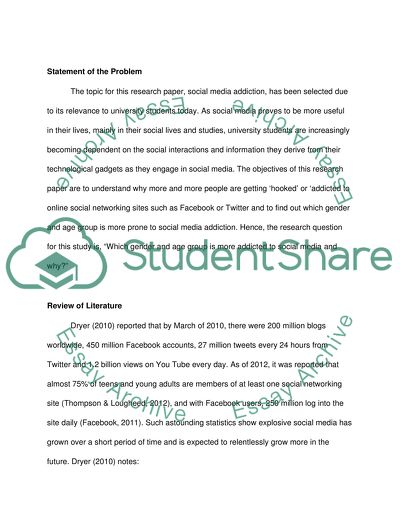Cite this document
(“Social Media Addiction Amongst University Students Research Paper”, n.d.)
Retrieved from https://studentshare.org/journalism-communication/1477185-social-media-addiction-amongst-university-students
Retrieved from https://studentshare.org/journalism-communication/1477185-social-media-addiction-amongst-university-students
(Social Media Addiction Amongst University Students Research Paper)
https://studentshare.org/journalism-communication/1477185-social-media-addiction-amongst-university-students.
https://studentshare.org/journalism-communication/1477185-social-media-addiction-amongst-university-students.
“Social Media Addiction Amongst University Students Research Paper”, n.d. https://studentshare.org/journalism-communication/1477185-social-media-addiction-amongst-university-students.


